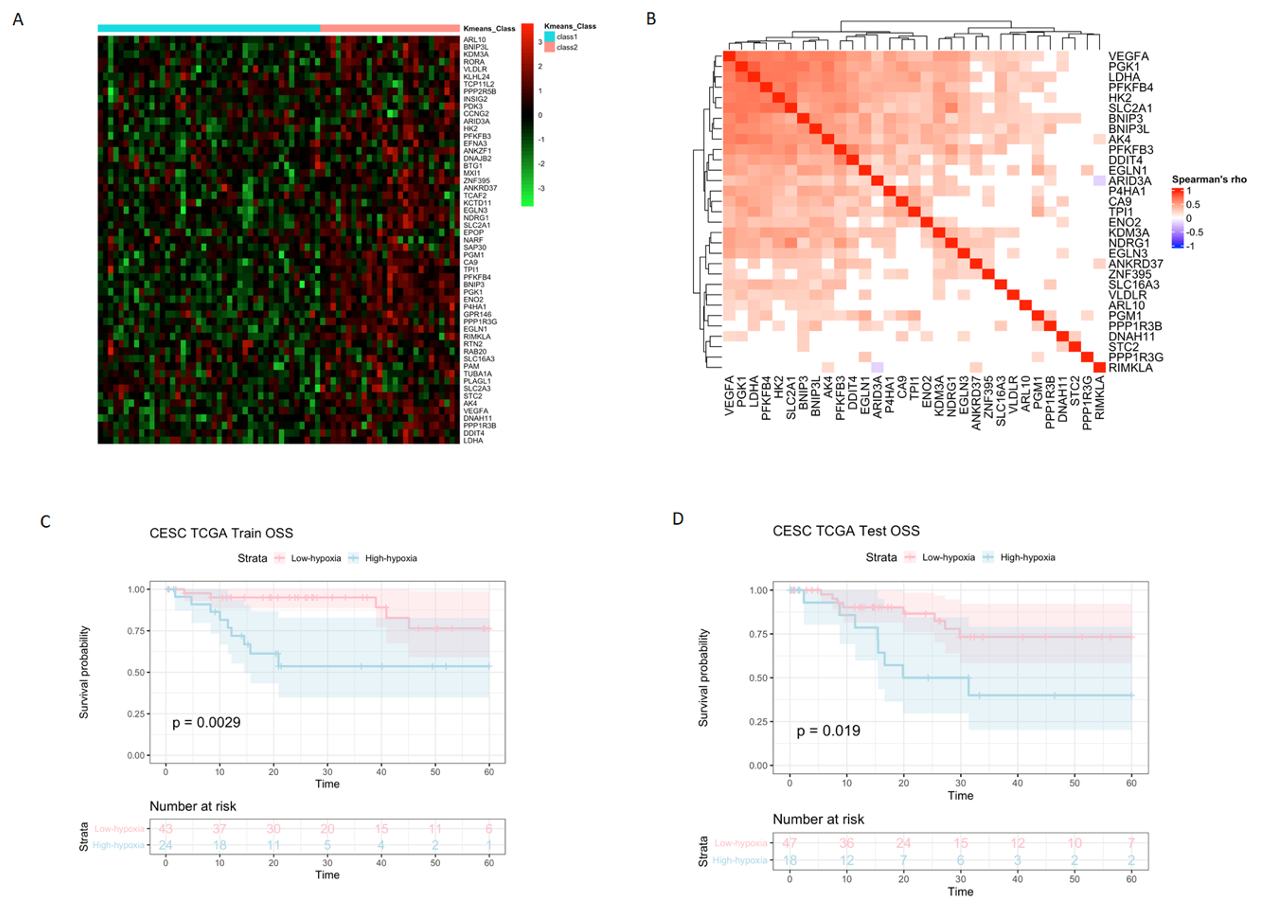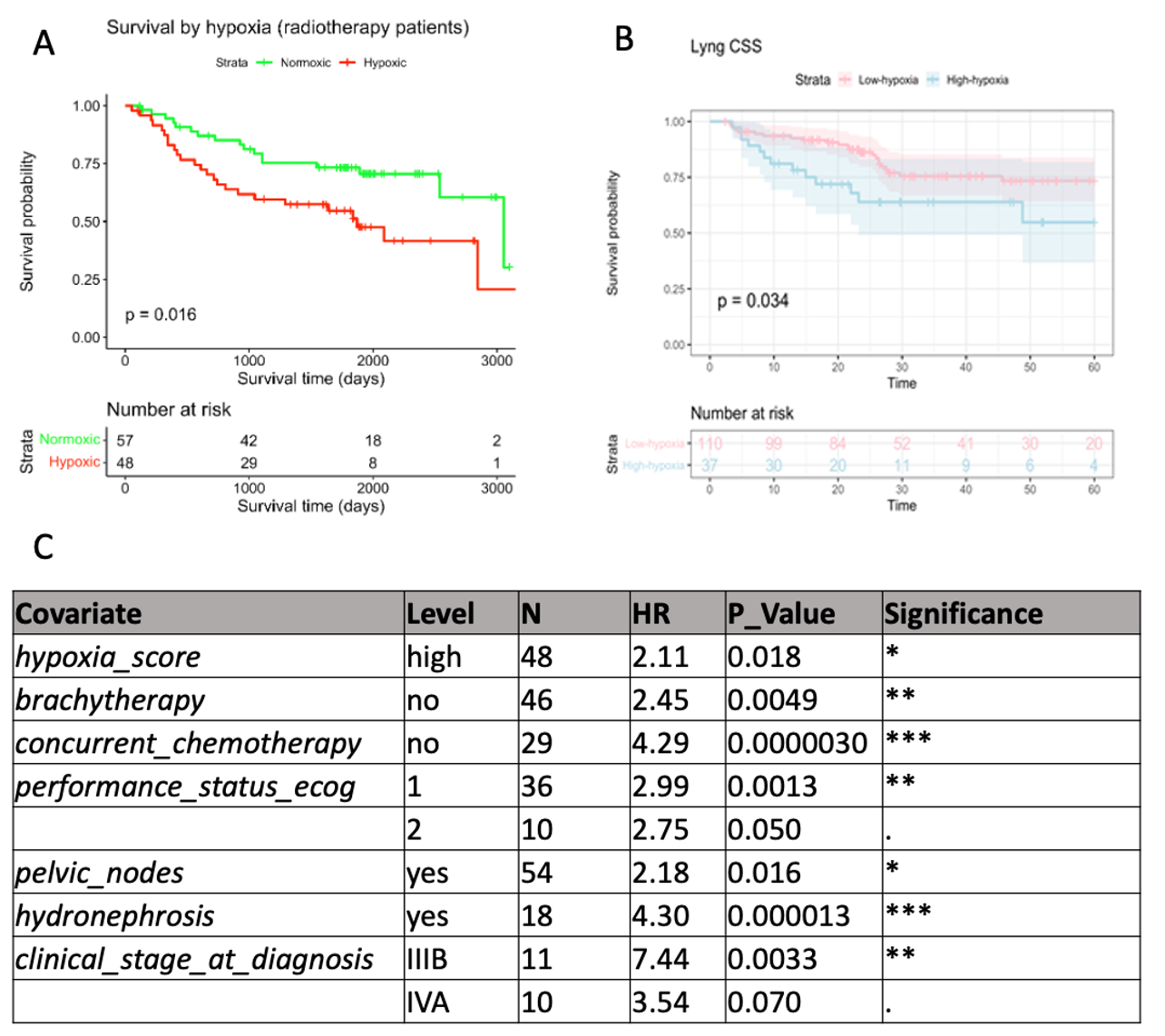Development of a hypoxia gene signature in locally advanced cervical cancer patients (NCT05029258)
Anubhav Datta,
United Kingdom
PD-0824
Abstract
Development of a hypoxia gene signature in locally advanced cervical cancer patients (NCT05029258)
Authors: Anubhav Datta1,2, Mark Reardon1, Sudha Desai3, Paula Hyder3, Lisa Barraclough4, Kate Haslett4, James O'Connor1,2,5, Catharine West1, Ananya Choudhury1,4, Peter Hoskin1,4,6
1The University of Manchester, Division of Cancer Sciences, Shool of Medicine, Faculty of Biology Medicine and Health, Manchester, United Kingdom; 2The Christie NHS Foundation Trust, Clinical Radiology, Manchester, United Kingdom; 3The Christie NHS Foundation Trust, Clinical Histopathology, Manchester, United Kingdom; 4The Christie NHS Foundation Trust, Clinical Oncology, Manchester, United Kingdom; 5Institute of Cancer Research, Division of Radiotherapy and Imaging, London, United Kingdom; 6Mount Vernon Cancer Centre, Clinical Oncology, Northwood, United Kingdom
Show Affiliations
Hide Affiliations
Purpose or Objective
Cervical cancer is the fourth most frequent cancer in women for incidence and mortality. Hypoxia is a well-known negative prognostic factor and radioresistant component of solid tumours that can be assessed using gene expression signatures. We aimed to derive and validate a cervical cancer–specific gene signature.
Material and Methods
Five cervical cancer cell lines(CaSki, HeLa, SiHa, SW-756, MS-751) were exposed to normoxia(21% O2) and hypoxia(1% O2) for 24h. Three independent experiments were carried out. RNA was extracted and RNA-sequencing performed on the Illumina Hi-Seq platform. Differentially expressed genes(DEGs) were used to derive a group of candidate genes.
The Cancer Genome Atlas(TCGA) data for locally advanced cervical cancers(LACC; stage 1B2 to IVA) were used to train(n=71) the candidate genes using Prediction Analysis of Microarrays(PAM; 10-fold cross-validation) and test the final signature(n=70).
External validation and hazards modelling were investigated in a retrospective cohort(n=106) of primary LACC treated with curative chemoradiation at our institution(2013-2018). Contiguous sections of FFPE diagnostic biopsies were cut for H&E staining and RNA extraction. H&E slides were reviewed by two consultant histopathologists for histology, grade, and tumour percentage. Extracted RNA was analysed on the Clariom-S platform and hypoxia status calculated. Survival was also assessed in a publicly available cohort(GSE36562).
Results
Sixty-one DEGs in ≥4/5 cell lines were selected(p<0.000001) and 55 mapped onto TCGA data. Unsupervised k-means clustering(k=2) was applied to the training data(Fig 1a). ‘Class 2’ had 31 upregulated genes and was enriched for hypoxia-related processes in The Molecular Signatures Database. The top 5 co-expressed genes in the cluster were vascular endothelial growth factor A(VEGFA), phosphoglycerate kinase 1(PGK1), L-lactate dehydrogenase A(LDHA), 6-phosphofructo-2-kinase/fructose-2,6-bisphosphatase 2(PFKFB4) and hexokinase-2(HK2; Fig 1b). These are all recognised hypoxia-induced regulators of the glycolysis and pyruvate/lactate pathways. The 31-gene signature was prognostic in the training(Fig 1c) and test(Fig 1d) cohorts.
Fig1. (A)candidate gene clustering; (B)Rank correlation of signature genes; (C)Kaplan-Meier (KM) plot in TCGA train; (D)and test groups.

In the external validation cohort(Fig 2a), 48 tumours were classified as ‘hypoxic’ and had a significantly worse overall survival(log-rank test, p=0.016). The signature was also prognostic in the GSE36562 cohort(Fig 2b; p=0.034). Though hypoxia was prognostic in the univariate analysis(Fig 2c; HR=2.11; p=0.018), only concurrent chemotherapy was significant in a multivariate model(HR=3.02; p=0.015).
Fig2. (A)KM plot in curated; (B)and GSE36562 cohorts; (C)Selected clinical factors.

Conclusion
The 31 gene hypoxia-associated signature for cervical cancer was prognostic in external validation cohorts. Further validation is required to understand the clinical utility and impact on patient stratification.